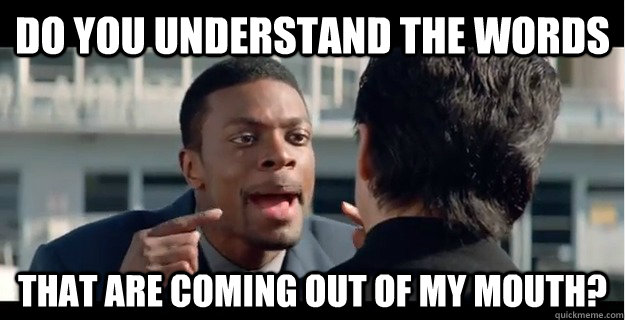
I’ve thought for a long time that, when it comes to high performing organizations, inertia is a dirty word. Commonly defined socially as the tendency to do nothing or to remain unchanged, or scientifically as matter changing its current state or uniform direction only if impacted by an external force, inertia reflects either a fear of or ambivalence towards making change – however necessary change is.
When working with business owners and leaders, it’s common to hear about what’s not working; and it’s my role to propose adjustment. The reflex to any recommendation for change – especially when it comes to people – is to shift into “he’s not that bad” mode. This can be true of process as well.
It reminds me of the old Virginian joke: how many Virginians does it take to change a light bulb? Four – one to put in the new bulb, and the other three to reminisce about how great the old bulb was (the one that BURNED OUT!).
We all come to terms with circumstances and how to address them in our own time. I think I’m fairly good at patiently facilitating these realizations and in curating options. Nevertheless, this process can and should be shorter. What’s required is that we more actively adopt a mindset of being “resolutionaries.”
What is a resolutionary, you ask?
A resolutionary is someone who needs change and wants change (two very different things), and has the willingness and ability to engage in the process of change.
It’s the marriage of revolution and resolution that gets us to better – no matter the near-term inconvenience change always creates or the discomfort of having difficult conversations causes most of us to experience. Since most people eventually come to the appropriate conclusions and take meaningful action when they do, the guidance here is about how to get the decision and action point more expeditiously and confidently. Here are the keys for accelerating your arrival at that point:
- See—what are your eyes (literally and figuratively) telling you? It’s incredibly common for leaders to tell me that, whatever is going on, “it’s all good.” Then we review comments or we look at the numbers. They’re not good or consistently good. They encounter service issues or observe their people failing to live the values, and then they make excuses to explain away these shortcomings. Believe your eyes.
- Hear—as Chris Tucker inquired in Rush Hour:

…you need to ask yourself that question. The number of leaders who give voice to their challenges – people, process, performance – and then dismiss them without address is extraordinarily high. We’ve got to stop that. When you’ve seen and said the same thing at least twice and still not acted on it, we’ve got a situation. Listen to the words that are coming out of your mouth and be prepared to take action to redirect your trajectory.
- Say—Nothing gets better until we call out what is holding us down or holding us back. We’ve got to make the call about shifts we believe need to be made and enlist others in a collaborative effort to get into full alignment with process and to adjust behavior to reflect our values. Literally giving voice to concerns and possibilities is the only way to ensure those around you know they need to join with you in elevating performance.
- Do—Engage fully in productive effort designed to produce the intended outcomes. Make sure you have all the pieces and parts needed to succeed, your people are trained in how to use them, and adequate time is allotted and allowed to work and the kinks and assess the results. Make whatever adjustments are needed based on what is working and where you can be better. Few solutions are perfect right out of the box. When it concerns people, ground your guidance and your support in the criteria of success in that role and in your organization. This comes from your values and from benchmarking the role. If you haven’t done this (usually through the use of an assessment tools and developing the definition of what good looks like with the help of trained selection, development, and performance experts), you need to. Once you’ve ensured this clarity, confirm and share the timeline and criteria for progress and success, and – most importantly – hold yourself and others accountable to what you’ve laid out.
Becoming a resolutionary is about far more than using time and resources more efficiently; it’s about credibility and respect. Your credibility and the respect it engenders are directly relevant to your ability to keep your best people and to keep them highly engaged. When leaders futz around with chronic issues and people whose performance consistently fails to meet expectations, their top people rightly ask themselves: “What the f#@!?” Then they begin to fade away and – soon – they are gone. Commit to better. Change what/who is screaming or begging to be changed. Invest the time and effort to make things not merely different but better.
Revolt, resolve, commit, evolve. Be a resolutionary!







